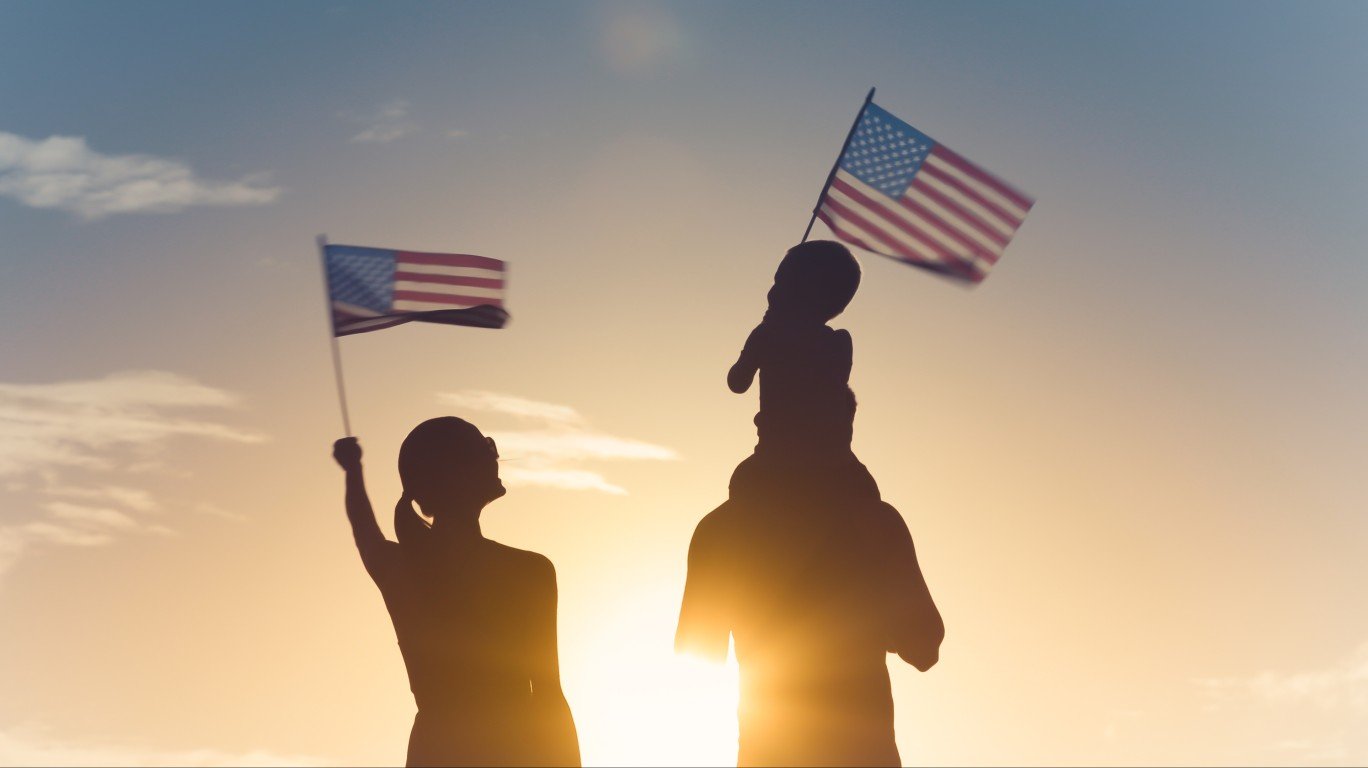

Most Americans don’t think of the United States as a colonizing country. After all, we fought a revolution to overturn the colonial system, right? Well, as it turns out Americans didn’t like being colonized but that doesn’t mean we don’t like having colonies! In this article, we’ll explore where and why the United States took over and settled new territory, what happened to its colonies, and what new places the U.S. might still colonize in the future.
Why Did Countries Want Colonies?
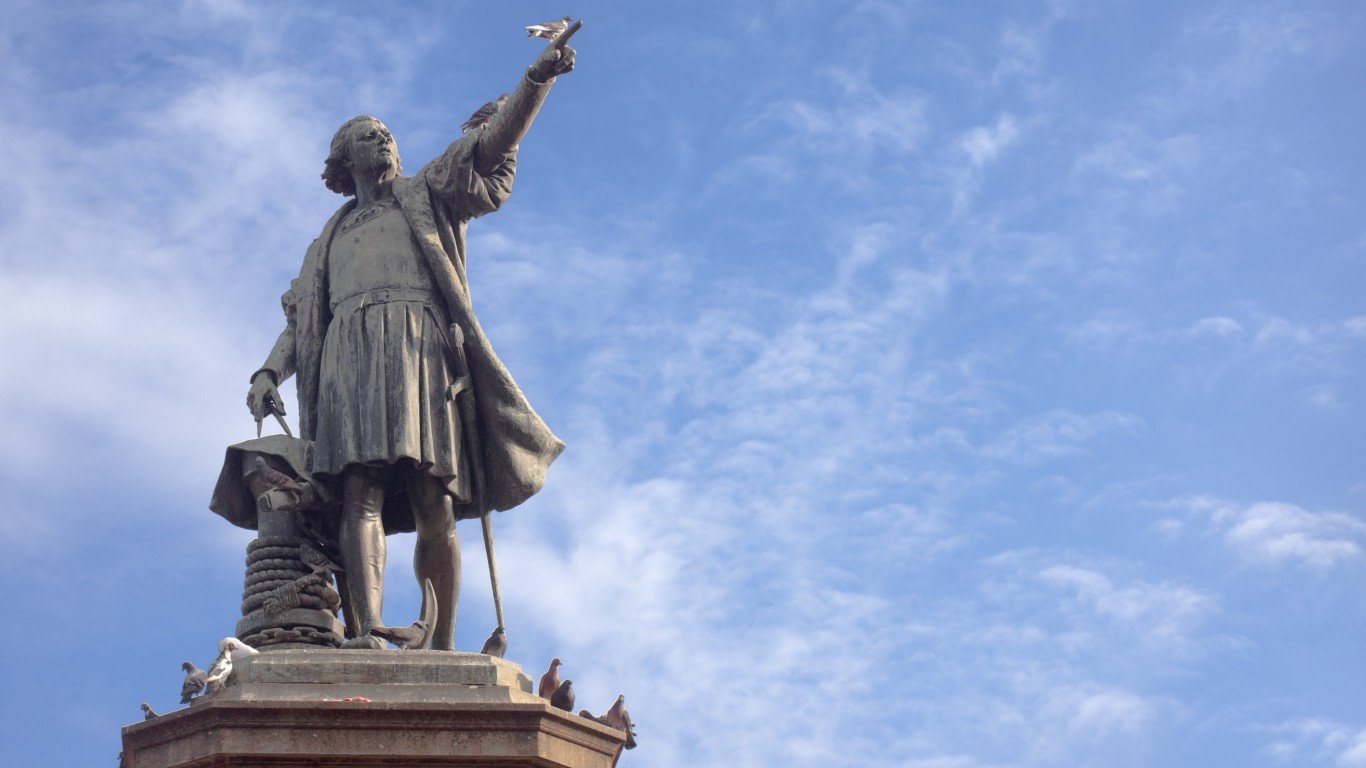
The simplest definition of a colony is that it is a geographic area controlled and settled by people of another country. In ancient times the Phoenicians, Greeks, and Romans all built colonial empires around the Mediterranean. European powers took control of other countries around the world from the 15th-20th centuries. Whether in ancient or modern times, the motivations for colonization are similar:
- Increasing a country’s power and strategic position to get ahead of rivals.
- Taking control of raw materials and creating captive trading partners for exports.
- Spreading their “superior” culture and civilization.
- Allowing leaders with grievances or ambitions to make a place in history.
The First States and Their “Colonies”
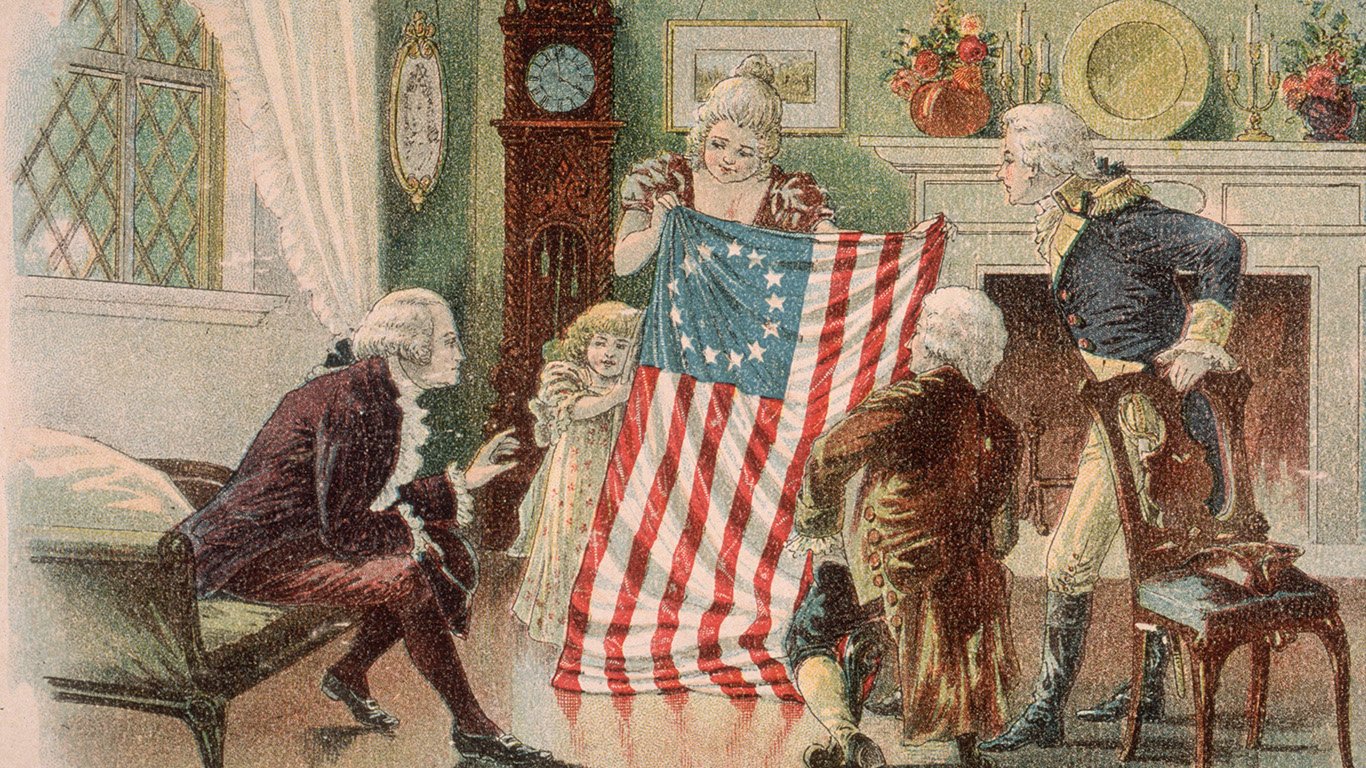
The United States started as 13 British colonies on the Atlantic seaboard of North America. Mismanagement and authoritarian government led to the American Revolution and freedom for the new United States of America. The original states were New Hampshire, Massachusetts, Rhode Island, Connecticut, New York, New Jersey, Pennsylvania, Delaware, Maryland, Virginia, North Carolina, South Carolina, and Georgia.
The country also controlled unorganized territory east of the Appalachians and west of the Mississippi. Many of the states claimed parts of this territory. For example, Virginia laid claim to what is today Kentucky while North Carolina claimed Tennessee. As settlers proliferated in these areas, separate territorial governments were organized that one by one became full-fledged states. Even though western territories were not called “colonies” per se, that’s really what they were: geographic areas with indigenous populations that were controlled by people of another culture, and settled by them.
How Did the United States Acquire Its First “Colonies?”
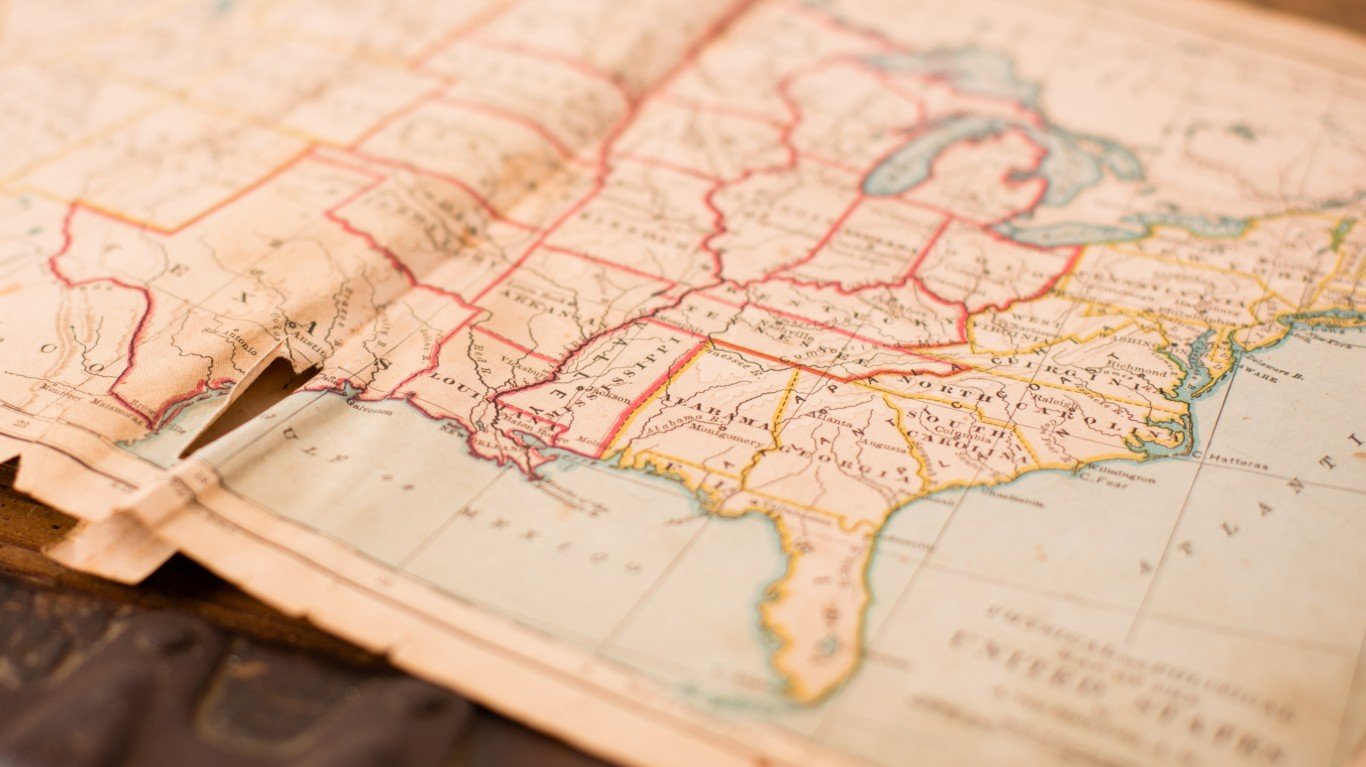
Below is a list of the first 37 “colonies” of the United States (all states other than the original 13) along with the date when they became full-fledged states and how the United States acquired the land.
| 1 | Vermont | 1791 | Territory disputed between New York and New Hampshire. It declared itself the Vermont Republic before becoming a state. |
| 2 | Kentucky | 1792 | Acquired from Britain in the Revolution. |
| 3 | Tennessee | 1796 | Acquired from Britain in the Revolution. |
| 4 | Ohio | 1803 | Acquired from Britain in the Revolution. |
| 5 | Louisiana | 1812 | Purchased from France. |
| 6 | Indiana | 1816 | Acquired from Britain in the Revolution. |
| 7 | Mississippi | 1817 | Acquired from Britain in the Revolution. |
| 8 | Illinois | 1818 | Acquired from Britain in the Revolution. |
| 9 | Alabama | 1819 | Acquired from Britain in the Revolution. |
| 10 | Maine | 1820 | Separated from Massachusetts. |
| 11 | Missouri | 1821 | Purchased from France. |
| 12 | Arkansas | 1836 | Purchased from France. |
| 13 | Michigan | 1837 | Acquired from Britain in the Revolution. |
| 14 | Florida | 1845 | Purchased from Spain. |
| 15 | Texas | 1845 | Gained independence from Mexico in a revolution and later joined the United States. |
| 16 | Iowa | 1846 | Purchased from France. |
| 17 | Wisconsin | 1848 | Acquired from Britain in the Revolution. |
| 18 | California | 1850 | Acquired from Mexico in the Mexican War. |
| 19 | Minnesota | 1858 | Purchased from France. |
| 20 | Oregon | 1859 | Lewis and Clark expedition and negotiation with Britain. |
| 21 | Kansas | 1861 | Purchased from France. |
| 22 | West Virginia | 1863 | Separated from Virginia |
| 23 | Nevada | 1864 | Acquired from Mexico in the Mexican War. |
| 24 | Nebraska | 1867 | Purchased from France. |
| 25 | Colorado | 1876 | The western part was acquired from Mexico in the Mexican War; the eastern part was purchased from France. |
| 26 | North Dakota | 1889 | Purchased from France. |
| 27 | South Dakota | 1889 | Purchased from France. |
| 28 | Montana | 1889 | Purchased from France. |
| 29 | Washington | 1889 | Lewis and Clark expedition and negotiation with Britain. |
| 30 | Idaho | 1890 | Lewis and Clark expedition and negotiation with Britain. |
| 31 | Wyoming | 1890 | Purchased from France. |
| 32 | Utah | 1896 | Acquired from Mexico in the Mexican War. |
| 33 | Oklahoma | 1907 | Purchased from France. |
| 34 | New Mexico | 1912 | Acquired from Mexico in the Mexican War. |
| 35 | Arizona | 1912 | Acquired from Mexico in the Mexican War. |
| 36 | Alaska | 1959 | Purchased from Russia. |
| 37 | Hawaii | 1959 | American settlers overthrew the government and applied for admission to the United States |
America’s Former 3 Colonies
The new states that were added to the country starting in 1791 were not the only colonies the United States had. Here are three U.S. colonies that went on to become independent countries:
Liberia

The West African country of Liberia wasn’t a formal possession of the United States. However, we’ve included it on this list because it was founded by the American Colonization Society, a private organization dedicated to resettling former slaves in West Africa. Thousands of African Americans settled there, taking American culture with them. Liberia declared its independence in 1847.
Philippines
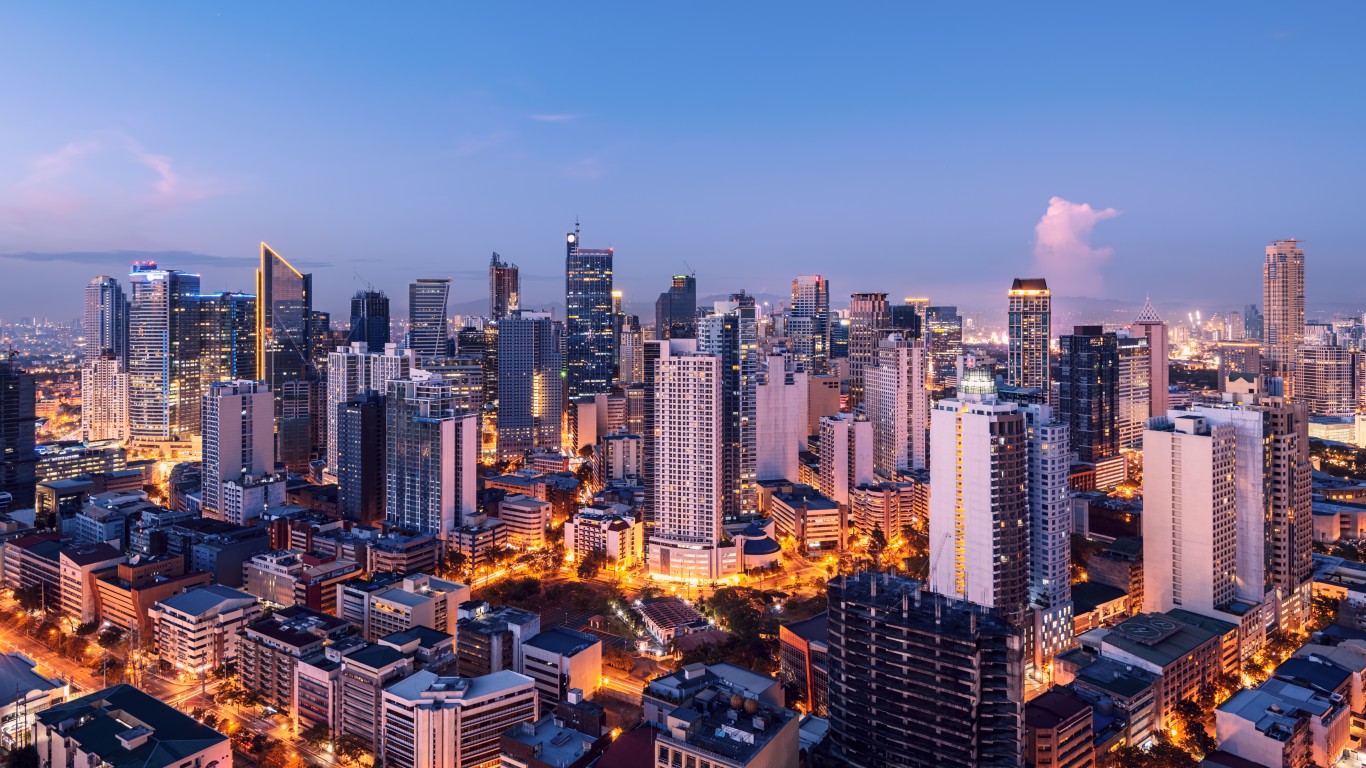
The United States went to war with Spain in 1898 to assist Cuba in getting its independence. In the process, the Americans took control of some of Spain’s Pacific and Caribbean colonies. The largest of these was the Philippines. Americans got a mixed reception there, spending decades fighting insurgents, but making a favorable impression on other Filipinos. Some Filipinos wanted the country to achieve U.S. statehood, and there are still a few proponents of this idea there today. This has never been a realistic possibility. Adding a country of 114 million people to the United States would give the Philippines control of 25% of the House of Representatives and of the Electoral College. This would create a profound cultural shift and social upheaval in both countries. The Philippines achieved independence in 1945.
Trust Territory of the Pacific Islands
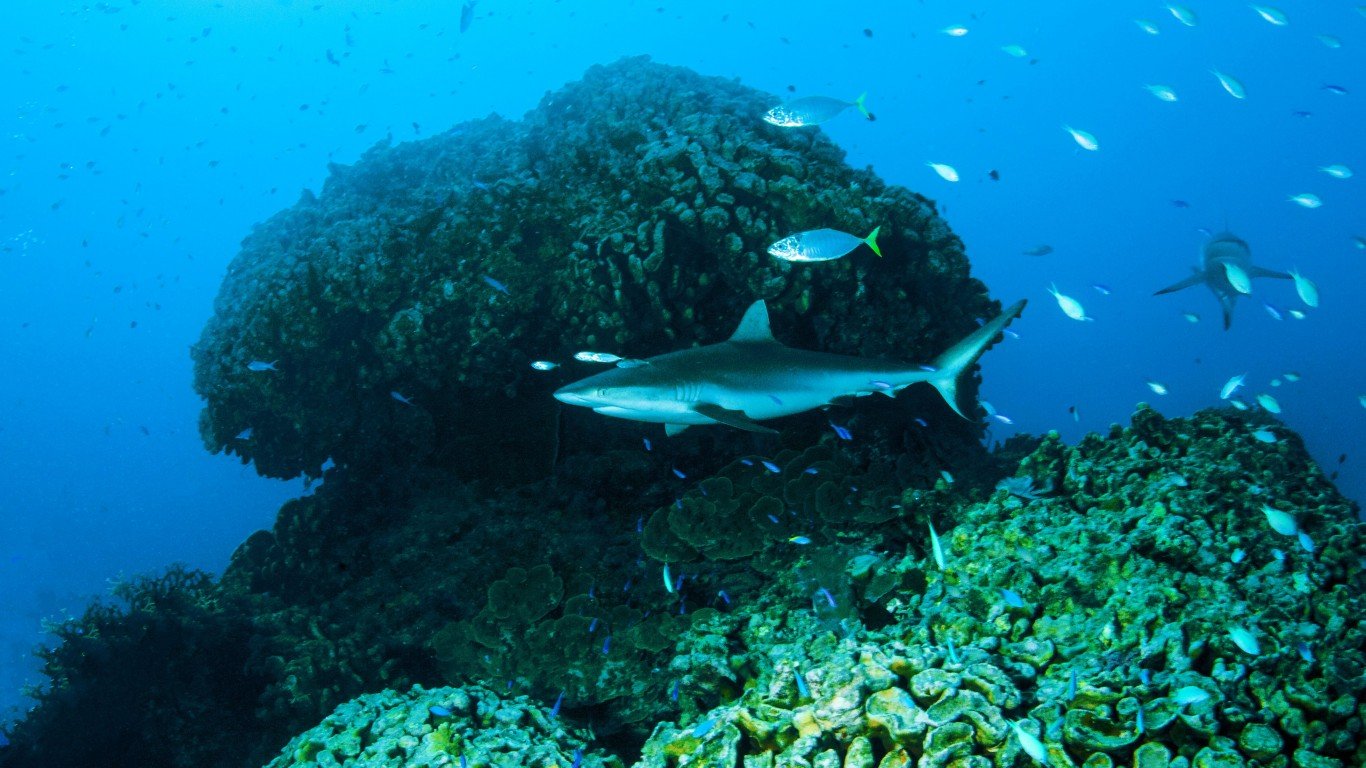
Micronesia is a cultural/geographic region of about 2,100 islands in the western Pacific. Ownership of them passed from Spain to Germany to Japan. After World War II, the United Nations commissioned the U.S. to administer them as the Trust Territory of the Pacific Islands until they were ready for independence. Three independent countries emerged from this temporary American colony. All of these remain in a Compact of Free Association with the United States, which makes the U.S. responsible for their defense:
- The Federated States of Micronesia 1979
- The Marshall Islands 1986
- Palau 1994
America’s Current 5 Colonies
Today the United States continues to administer 5 colonies known as commonwealths or territories. The people of these regions have different levels of rights without the full benefits of statehood, such as full voting rights.
American Samoa
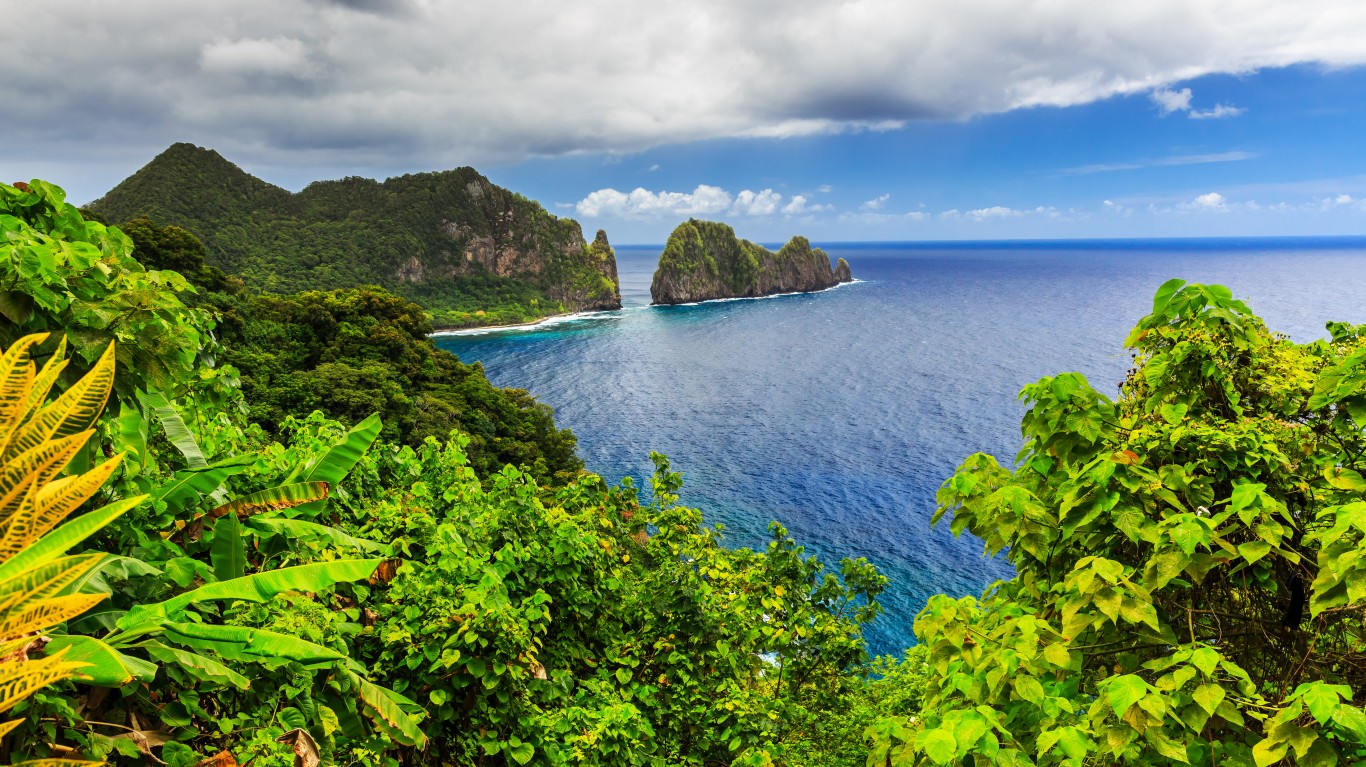
In 1899 a conference of world powers divided up disputed territories and awarded a group of 7 islands in the South Pacific to the United States. This remains today the unincorporated territory of American Samoa. This is not to be confused with the nearby Independent State of Samoa, a separate country.
Guam

Guam is a western Pacific island seized by the United States from Spain in 1898 at the end of the Spanish-American War. It is a strategic military base for the United States to deter the ambitions of China and North Korea. Polls show that the residents of Guam favor U.S. statehood rather than independence.
Northern Mariana Islands
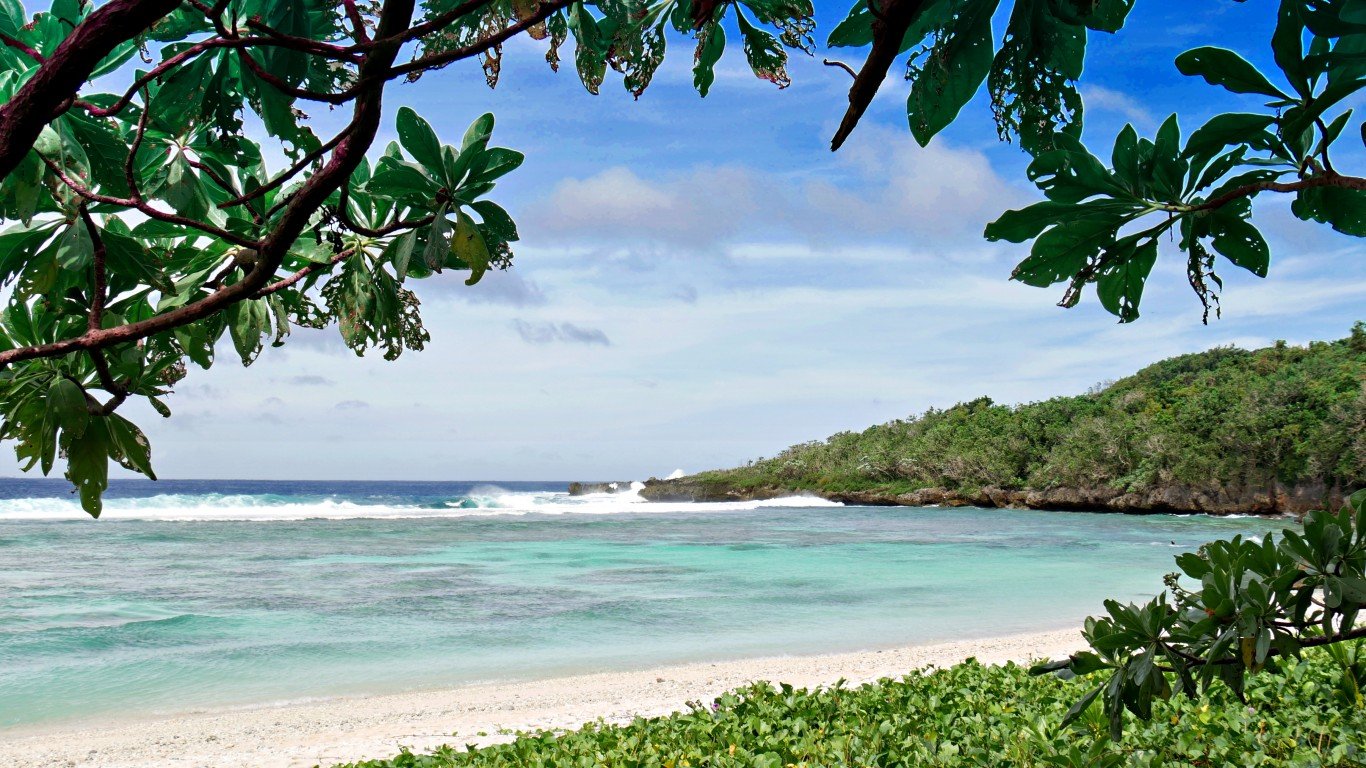
The Northern Mariana Islands were part of the Trust Territory of the Pacific Islands. Unlike the other three regions that opted for independence, this region voted to remain a part of the United States as a commonwealth. Incidentally, this means the deepest point on Earth, the Mariana Trench, is part of U.S. territorial waters.
Puerto Rico
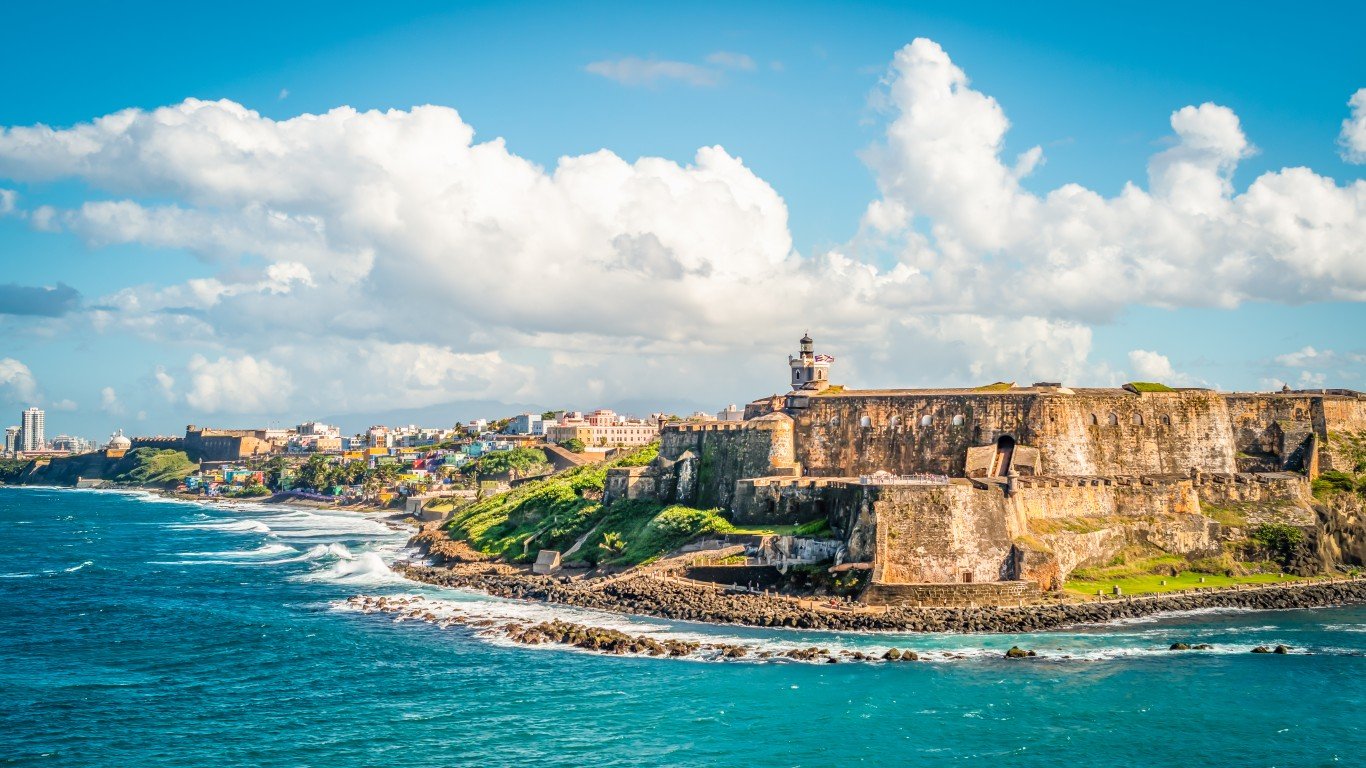
Puerto Rico is a large Caribbean island the United States acquired from the defeated Spanish Empire in 1898. It is officially termed a “commonwealth.” Residents have American citizenship and can travel freely to the mainland. As a matter of fact, two-thirds of Puerto Ricans live on the mainland. In recent referenda, 52% of the islanders preferred statehood. Political rivalries in Washington and concerns about cultural assimilation and the costs of extending social services to the islanders have complicated and slowed down the path to statehood.
United States Virgin Islands
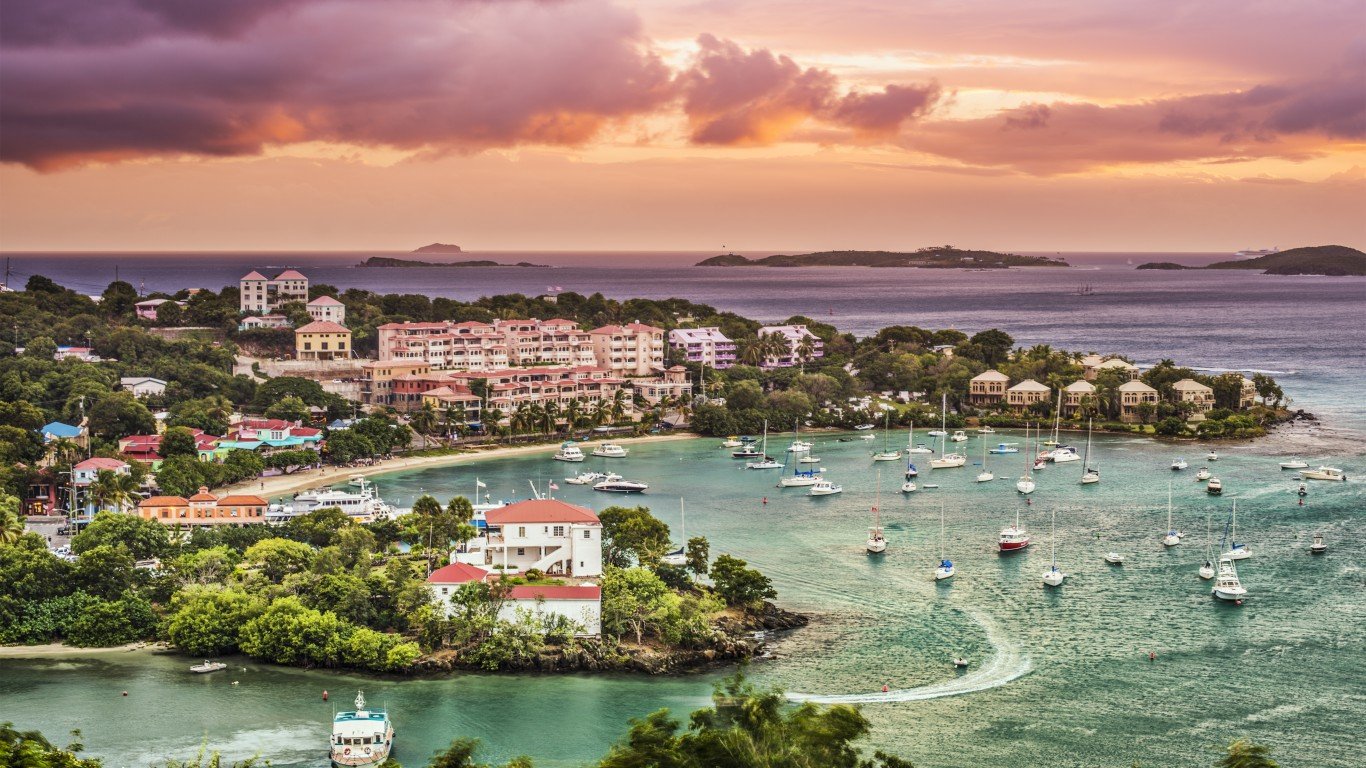
The Virgin Islands are divided into two colonies, one belonging to the United States and the other to Great Britain. Both use the U.S. dollar as the local currency. Americans acquired the United States Virgin Islands from Denmark in 1917 for $25 million. Today, the islands host over 500,000 tourists a year, who bring in average revenue of about $29 million every month!
Will the United States Claim More Colonies?
It’s safe to say the United States does not have an interest in physically taking control of well-populated countries along with responsibility for defending, policing, developing them, and taking care of the social needs of their people. The U.S. can pursue its national interests through trade and defense agreements with other independent countries rather than taking full responsibility for them and their internal problems. That having been said, future American governments might very much have an interest in colonizing land with little or no population but valuable resources. Here are some potential candidates:
Antarctica

The Antarctic Treaty forbids countries from seizing land in Antarctica, but seven countries have registered claims anyway: Argentina, Australia, Chile, France, New Zealand, Norway, and the United Kingdom. The United States does not recognize these claims but reserves the right to make its own claims in the future. If valuable raw materials are revealed by the melting ice caps, the U.S. might become much more assertive about claiming its piece of the pie . . . or the whole thing!
Greenland
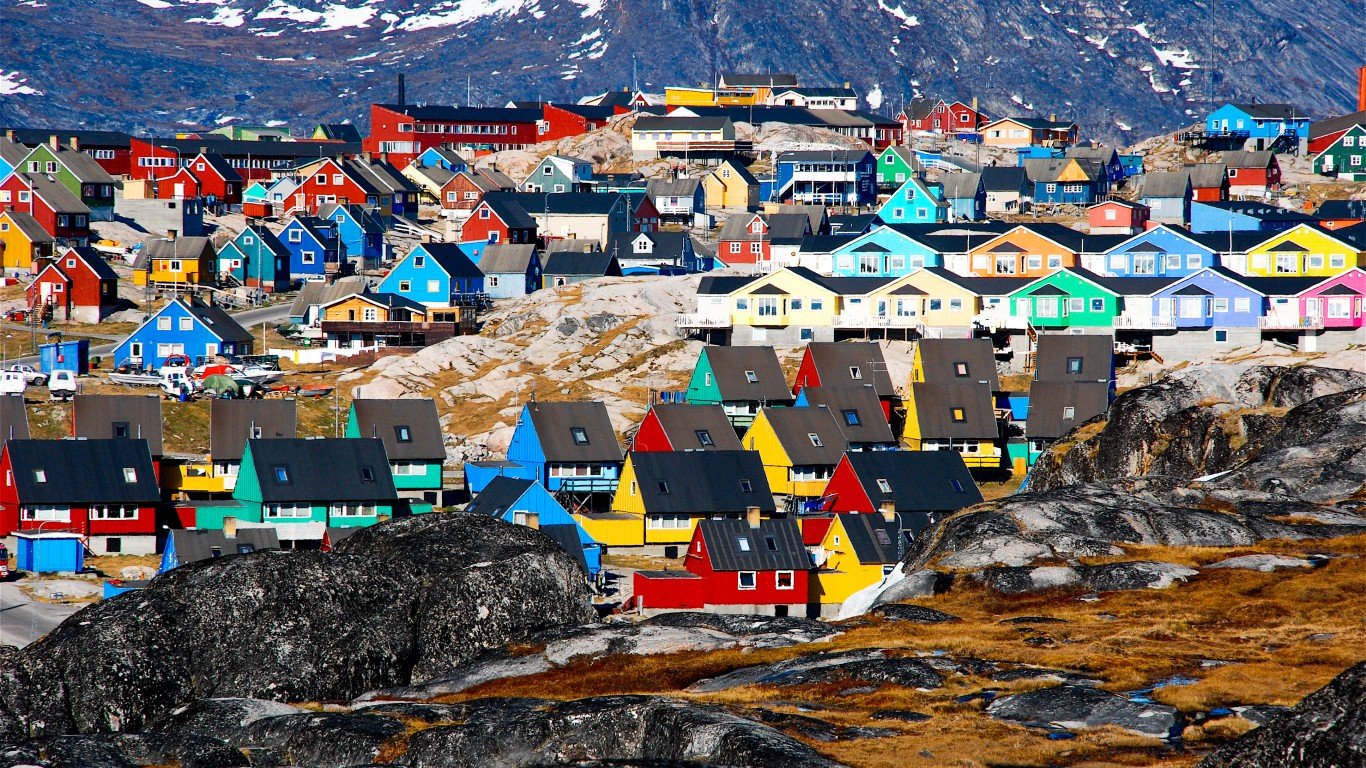
Greenland is currently administered by Denmark as an autonomous region that may seek independence one day. Its 50,000 people make their living mainly in the fishing industry. However, as the enormous ice pack on the island melts, more of the island may become open to settlement, and rich untapped sources of minerals may become more practical to exploit. The island is also in a strategic location for monitoring and deterring Russian adventurism in the Arctic and the North Atlantic.
The American government floated the idea of purchasing the island most recently in 2019, but that wasn’t the first time. Denmark had already rejected similar offers in 1867, 1917, and 1946. Neither Greenland’s people nor Denmark’s leadership have shown any interest in changing the status quo. However, if the Americans did manage to make a deal sweet enough to acquire the island, the United States would surpass Canada as the second-largest country in the world by land area.
Space Colonies
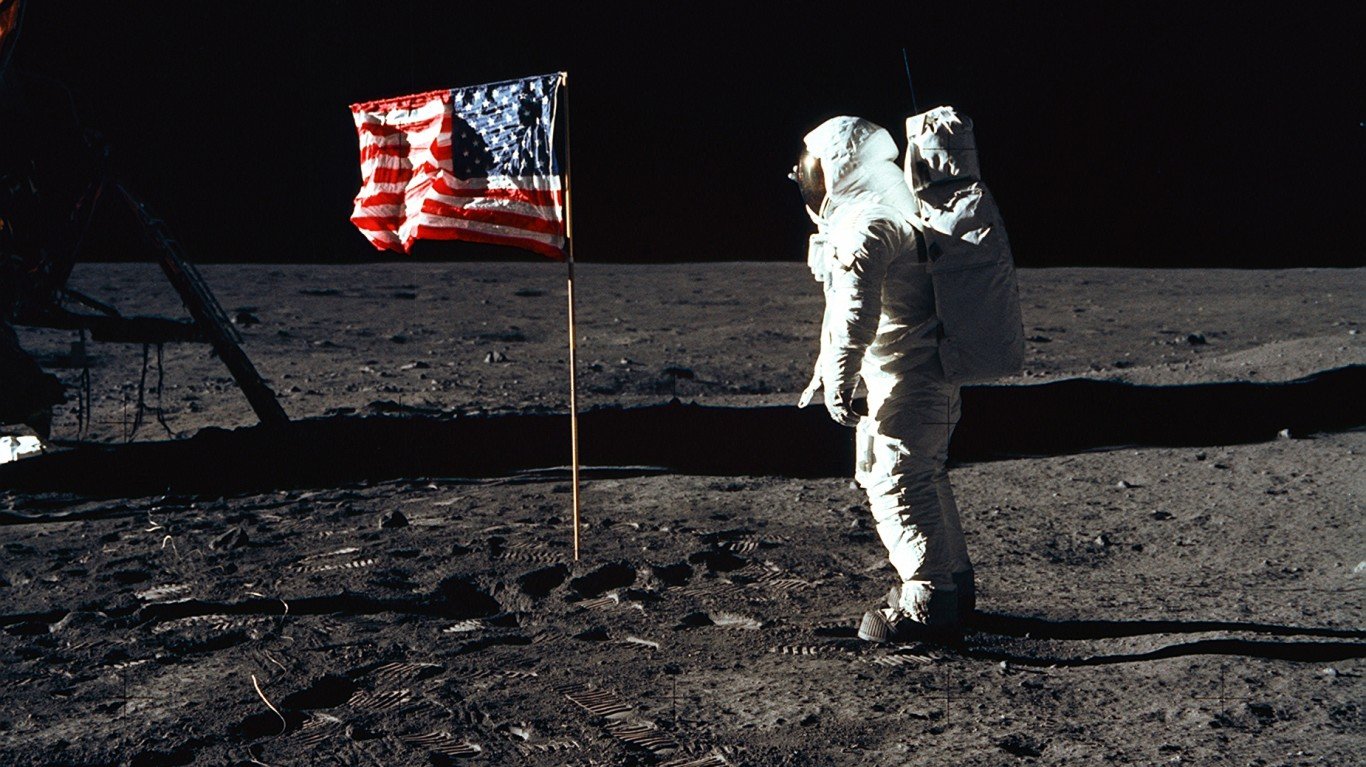
It’s safe to say that as technology advances, spacefaring nations will begin colonizing extra-terrestrial bodies. Space colonies could include enormous space stations or even 100,000-foot-tall skyscrapers suspended from orbit into the Earth’s atmosphere. NASA is working toward establishing a working U.S. base on the Moon that could become the nucleus of a growing lunar colony. This is viewed as a stepping stone to future human exploration and colonization of Mars. The asteroid belt contains millions of chunks of rock and metal that could be harvested and brought to Earth or used for the construction of space megastructures. So perhaps rather than thinking the age of colonization is over, it would be more accurate to say that it has only begun.
Sponsored: Find a Qualified Financial Advisor
Finding a qualified financial advisor doesn’t have to be hard. SmartAsset’s free tool matches you with up to 3 fiduciary financial advisors in your area in 5 minutes. Each advisor has been vetted by SmartAsset and is held to a fiduciary standard to act in your best interests. If you’re ready to be matched with local advisors that can help you achieve your financial goals, get started now.
Thank you for reading! Have some feedback for us?
Contact the 24/7 Wall St. editorial team.